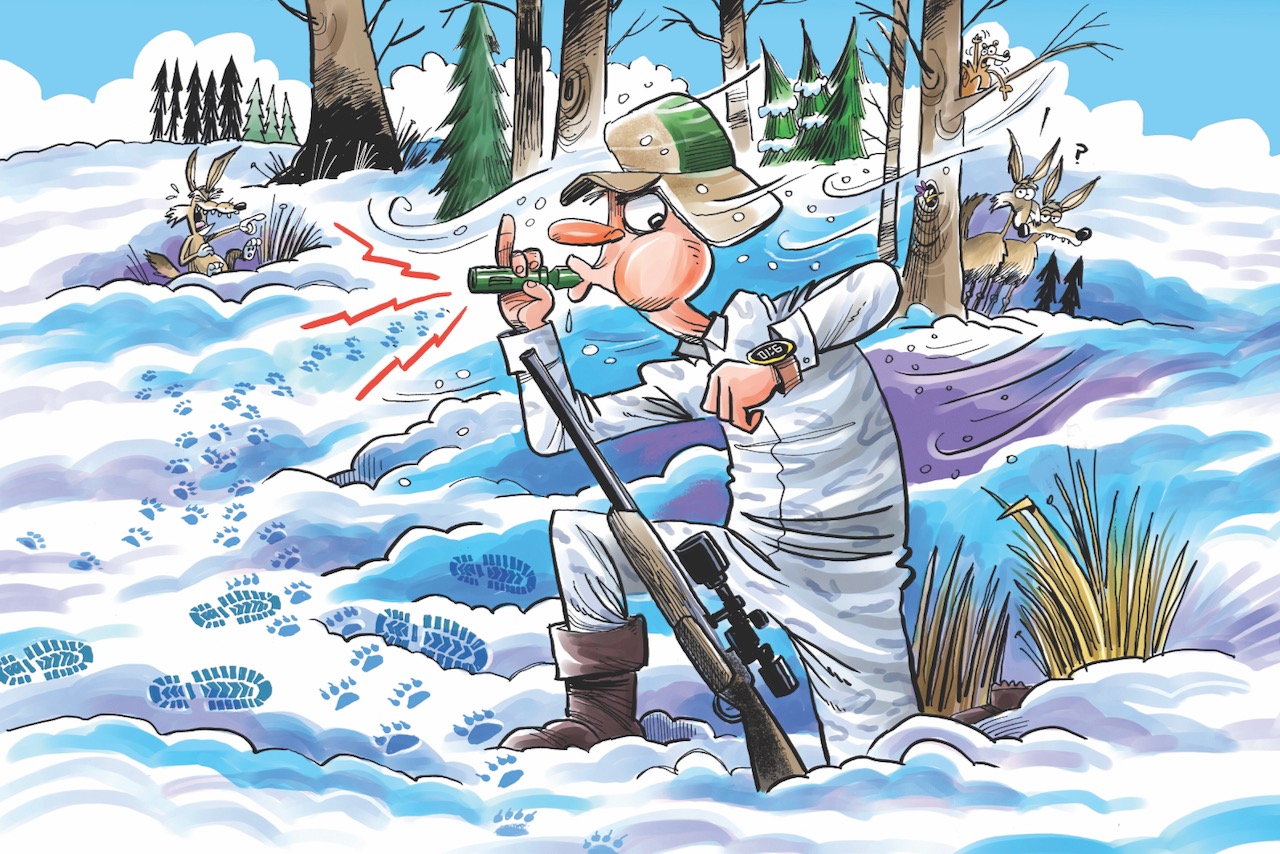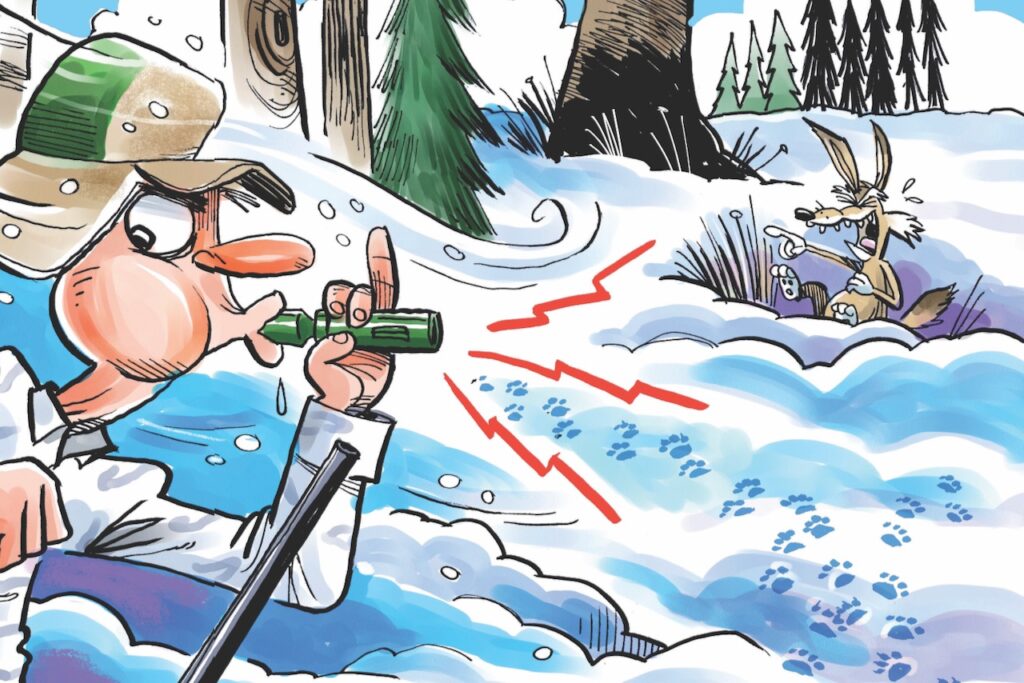COYOTE UGLIES
Five ways to completely botch your coyote hunt—and how to avoid them in the first place
Advertisement
#2 TURN UP THE VOLUME
One of the most common coyote-hunting mistakes is calling too loudly. This applies to both electronic and mouth calls, and it’s easy to do. Hunters want to get the maximum return for their calling efforts, after all, so it seems logical to turn up the volume or blow the call as hard as you can to get as much reach as possible.
Advertisement
Calling too loudly can be the kiss of death, however, as it rarely sounds natural. If you’ve ever heard the cries of a dying rabbit in the wild, for example, it’s really not that loud. The sound is shrill, but the volume is surprisingly low. A coyote’s very survival depends on its ability to detect such natural prey sounds. And with their acute hearing, they can also routinely key in on the subtle sound of mice scurrying under the snow.
I’ve experimented a lot with volume under many different circumstances. Some days, the acoustics are amazing and sound echoes through the woods. Extremely cold, crisp and calm days can be magical, with calls seeming to travel forever. On windy and warmer days, though, it can seem as though the call is barely audible. In the end, discretion is in order. There’s often a fine line between reaching out with your call and toning it down. If you know you have a coyote’s attention, softer is better.
A coyote knows what it wants, so watch its body language and adjust your volume accordingly. If I’ve got a coyote coming in on a string, I’ll usually lower the volume just a little at a time the closer he gets. Once he’s inside of 100 yards, my goal is to make the distress sounds barely audible; I’ve seen many coyotes make a quick exit because the calls were otherwise too loud.
Advertisement


